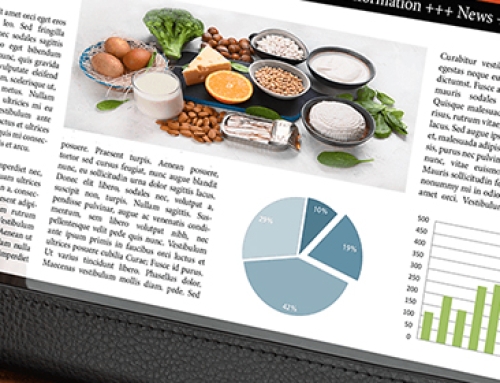How can we communicate food risks to young pepole? Basing on the numerous cases of hepatitis A caused by frozen berries that have recently affected Italy, the Institute Zooprofilattico Sperimentale delle Venezie asked some university students to participate in the design of a communication campaign aimed to raise awareness and prevent risks coming from hepatitis A.
The project
The students were asked to present their information needs on the subject and to indicate how they would like to be informed. In this way it was possible to select the message of the campaign and identify the most appropriate channels of communication to reach the target.
The suggestions of the children were collected with the consensus conference social research technique, a discussion between experts (ie. veterinarians, biologists, communicators, sociologists) and the target of the campaign (ie. young people) to define the contents of the risk and design an effective communication campaign.
The guidelines
The information gathered from the consensus conference was used of the boys were used to write a document, “Guidelines for the design of a communication campaign on food risks”.
The guidelines have been produced as part of the broader research project founded by the Italian Ministry of Health for the reduction of unjustified fear of the consumers about food risks and the monitoring of media coverage about food risk issues.
Herebelow you can find an infographic that summarize the project and the content of the Guidelines.
![Communicating food risk to young people. The case of Hepatitis A in berries [infographic]](https://www.izsvenezie.com/wp-content/uploads/2015/08/guidelines-food-risks.communication-hepatitis-a-berries-case-infographic.jpg)



![Communicating food risk to young people. The case of Hepatitis A in berries [guidelines]](https://www.izsvenezie.com/wp-content/uploads/2015/08/guidelines-food-risks.communication-hepatitis-a-berries-case.jpg)


![Which is better between wild-caught and farmed fish? [Video]](https://www.izsvenezie.com/wp-content/uploads/2024/01/which-better-wild-farmed-fish-video-500x383.jpg)
![What is microbial ecology? [Video]](https://www.izsvenezie.com/wp-content/uploads/2024/01/what-is-microbial-ecology-video-500x383.jpg)